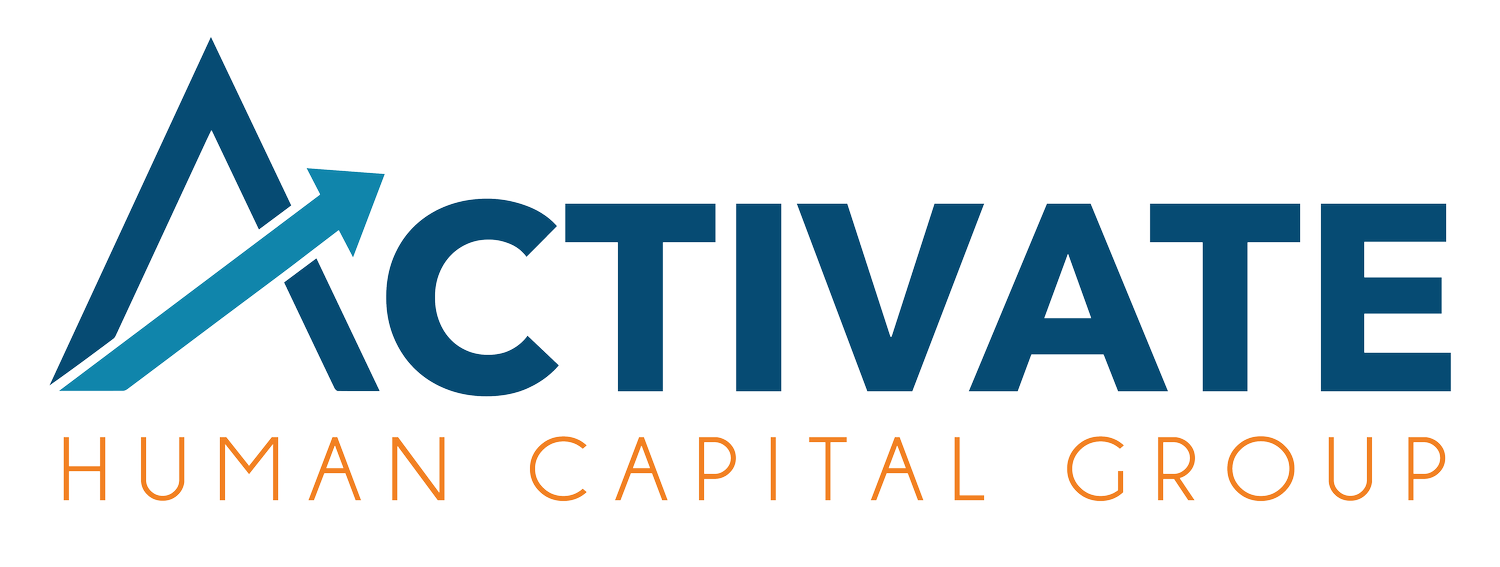StrengthsFinder Overview
Good leaders identify strengths, develop them, and place employees where those strengths can be used fully.
What are strengths and why are they so important?
Strengths are the intersection between innate talents each of us have and the amount of effort or investment we put into those talents. These strengths are not just about the knowledge we have or skills we may have acquired, but are a unique fingerprint to each of us. This fingerprint determines how we work and the methods we prefer to use to reach an outcome or goal. These strengths are similar to an individual’s task personality and discovering your strengths can show you how to effortlessly do your best.
What are some of the strengths a person may have?
There are 34 strengths identified by Gallup and each person leans towards five of these strengths. One might be an Achiever, the ultimate task master with a to do list in hand to conquer each day. The Achiever thrives in completing projects, working towards clear goals, and simply getting things done. Similarly, the Activator is also prefers to get tasks completed, but does so with the mindset of jumping in feet first, giving things a try, and adjusting or improvising as needed. Your Activator wants to launch and carries a lot of momentum with their strength. By contrast, the Analytical prefers to think through details and data, looking at all possible outcomes. The analytical is logical, seeks patterns of information, and remains objective in most scenarios. Yet another strength a person may have is Command. Command quickly gets to the core of a question, issue, or task. They are direct and can best be described as the “cut to the chase” members of a group.
Why is it important for employers to understand the strengths of their employees?
Identifying and understanding the strengths of your employees is crucial to employee satisfaction, efficiency in the workplace, and in providing opportunities for employees to shine. Not only does this benefit your business goals, but it also creates loyalty to the company. As Robyn Benincasa, World Champion Adventure Racer declares, “You don’t inspire your teammates by showing them how amazing you are. You inspire them by showing them how amazing they are.” Knowing the strengths of your employees and honoring those strengths helps them grow.
Additionally, understanding the strengths on your team can drive decisions making in regards to projects or new roles within the company. If a team continually feels that planning has been challenging and that details are often overlooked, the next hiring decision may need to include an Analytical. If a project is having difficulty making progress towards a set of goals, the project manager may seek out an Achiever or Activator to add to the team. Knowing
the strengths on your team also allows leaders to delegate to the best candidate to achieve the goals and objectives of the company.
How can StrengthsFinder help my organization?
StrengthsFinder is a program that helps employers and organizational leaders identify the strengths of their teams. This program unlocks the talent that is already present and helps you develop these strengths fully.
This is where Leading with Strength and the StrengthsFinder development assistance comes in. The tools used in the program can identify where each individual is strongest and to help your leadership develop those strengths for the benefit of your team and your organization.
Sources:
Achiever: https://talent2strength.mykajabi.com/blog?tag=achiever. Activator: https://talent2strength.mykajabi.com/blog?tag=activator
Analytical: https://talent2strength.mykajabi.com/blog?tag=analytical Command: https://talent2strength.mykajabi.com/blog?tag=command
Discover how Activate Human Capital Group can transform your workplace with our unique employee engagement strategies and strengths-based approach. Don't miss the chance to enhance your team's performance and satisfaction. Contact us today to start the conversation about your organization's future!

